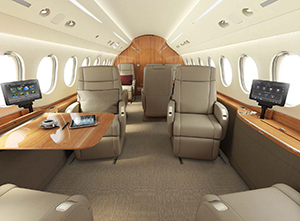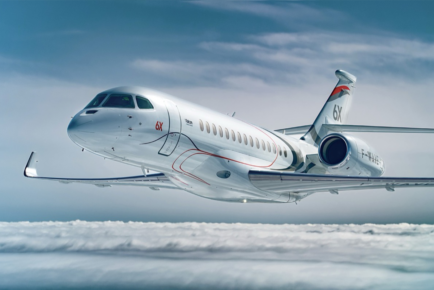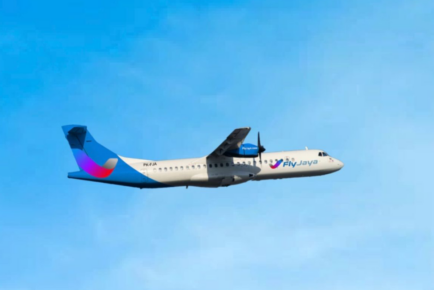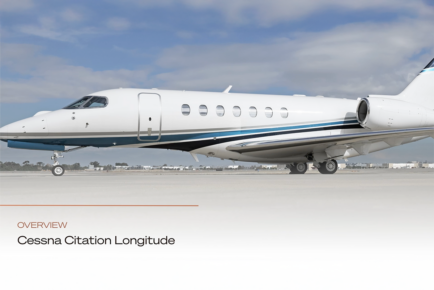Product Overview
The Falcon 2000S is a twin-engine French-made Business jet and is a slightly smaller development on the Falcon 900 trijet, with United States transcontinental coast to coast market range. The Falcon 2000S jet comes with fault monitoring and digital diagnostic systems, which help the mechanic in troubleshooting and repair work.
As of December 2022, 28% of the Falcon 2000S were purchased pre-owned by their current owners, the other 72% new. 2.1% are for sale with all of those (100%) under an exclusive broker agreement. When for sale the average time on the market is 120 days.
Brief History
In 1995, the Falcon 2000, a super mid-size business jet, entered service and is the first private jet that Dassault designed without a physical model. Its design was completely digital, created by Computer Aided Three-dimensional Interactive Application (CATIA) software. This software helped improve aerodynamic structure and simplified the airplane’s systems.
Falcon 2000S derivative was launched by Dassault in May 2011 at EBACE and received European Aviation Safety Agency (EASA) certification in March 2013 and Federal Aviation Administration (FAA) certification in April 2013.
Worldwide Appeal
There are 47 Falcon 2000S business jets in operation worldwide, all are wholly owned. 15% are currently leased. North America has the largest percentage or Falcon 2000S aircraft (60%), followed by Europe (23%), and Asia (11%).
Highlights
 Performance
Performance
Two Pratt & Whitney Canada PW308C engines power the Falcon 2000S each offering 7,000 pounds of thrust and using a combined 280 gallons per hour (GPH). The range of the Falcon 2000S is 3,540 nm operating under NBAA IFR 4 passengers with available fuel.
Interior
The cabin volume for the Falcon 2000 is 1,028 cubic feet. Typical configuration features 10 passenger and 2 crew seats.
Speed
| Maximum Cruise Speed: | 482 kts | 893 km/h | ||
| Long-range Speed: | 437 kts | 809 km/h |
Airfield Performance
| Takeoff distance: | 4,325 ft (1,318 m) | (SL, ISA, MTOW) | ||
| Landing distance: | 2,300 ft (701 m) | (SL, ISA, Typical Landing Weight) |
Operating Altitude
| Maximum operating altitude: | 47,000 ft (14,326 m) |
Noise Level (EPNdB)
| Takeoff: | 75.1 |
|---|---|
| Lateral: | 90.5 |
| Approach: | 91.8 |
Weights
| A. | Maximum ramp weight: | 41,200 lb (18,688 kg) | ||
| B. | Maximum takeoff weight: | 41,000 lb (18,597 kg) | ||
| C. | Maximum landing weight: | 39,300 lb (17,826 kg) | ||
| D. | Maximum zero fuel weight: | 29,700 lb (13,472 kg) | ||
| E. | Standard basic operating weight: | 24,750 lb (11,226 kg) |
Avionics
Rockwell Collins Pro Line 4
Range Report
Contact Us at +1 919 941 8400 or [email protected] to request a custom range report including detailed aircraft comparisons.
Aircraft For Sale
Click here to view the aircraft for sale by Jetcraft.
SIGN UP FOR OUR MONTHLY JETSTREAM RECAP
Don't miss future Jetstream articles. Sign up for our Jetcraft News mailing list to receive a monthly eblast with links to our latest articles. Click to join the 1,800+ subscribers on our mailing list.





